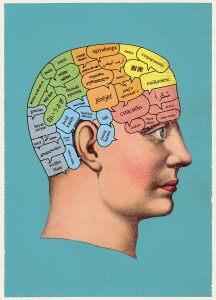It’s sometimes difficult to tell the difference between health facts and myths, particularly around complementary and integrative health. Becoming familiar with scientific topics related to health research can help you better understand what you hear and read and make well-informed health decisions.
The 10 facts, below, can give you a start in learning about the science of health. If you want to know more, check out the Know the Science online toolkit from the National Institutes of Health.
10 Facts about the Science of Health
- Some online sources of information on complementary health approaches are useful, but others are inaccurate or misleading. If you’re visiting an online health site for the first time or downloading a new app, ask these questions: Who runs or created the site or app? Do its claims seem too good to be true? Is it up-to-date? Where does the information come from? Why does the site or app exist? Is it selling something?
- Unless you read and understand the original sources for a health news story, it can be difficult to know whether the story is misleading or has left out important information. But the likelihood that the story is correct increases if it comes from a media outlet that isn’t promoting a point of view or cause, was written by a trained science or health reporter, and includes quotes from experts not connected to the study.
- Sometimes taking a prescription drug and dietary supplement together may increase the drug’s effects. The drug’s effects may become too strong, and unwanted side effects may increase.
- Sometimes taking a prescription drug and a supplement together may decrease the drug’s effects. This means that you aren’t getting the full benefit from the drug that your health care provider wants you to have.
- When it comes to medicine, there is no official definition for use of the term natural. And it’s important to know that “natural” does not always mean “safe.”
- Although many herbal or dietary supplements (and some prescription drugs) come from natural sources, “natural” does not always mean that it’s a better option for your health. Scientists are studying many of these products to identify what ingredients may be active and to better understand their effects in the body.
- Clinical trials to test whether a treatment is useful and safe in humans may vary in size and type. Well-planned clinical trials give the clearest information about whether a treatment is effective and safe. However, because they’re complicated, lengthy, and very, very expensive, they’re usually done only after smaller preliminary studies have shown some promise that the treatment may be helpful.
- Studies with large numbers of people generally get results that are more reliable than those of studies with small pools of participants. Larger studies can increase the accuracy of the study findings and reduce the probability that any effect observed in the study was due to chance.
- The strongest evidence about whether a treatment is useful and safe consists of results from several studies by different investigators. Rarely does a single study provide a final, definitive answer.
- When looking for information from a study published in a medical journal, try to find out if the study has been peer reviewed. The peer review process subjects a scientist’s research to the scrutiny of others who are experts in the same field and is considered necessary to ensure academic scientific quality.



